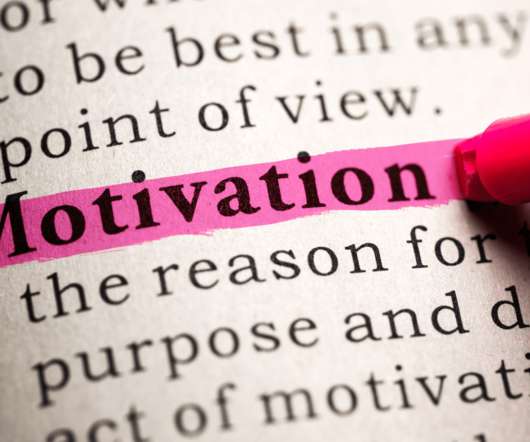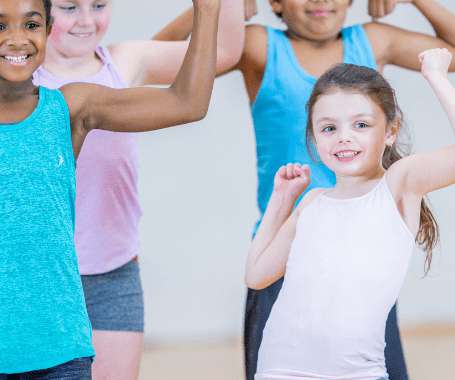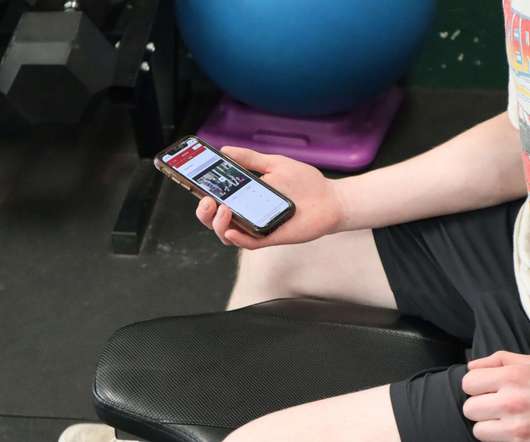Understanding Motivational Theories in Physical Education
PLT4M
JUNE 7, 2022
student at the University of New Mexico in the Health, Exercise, and Sports Science Department. In this article, Sean explores motivational theories in physical education. Teachers can fall into the trap of believing certain students don’t have the disposition for physical activity or exercise, which is far from the truth.











Let's personalize your content